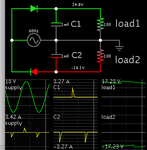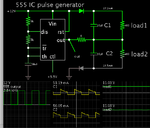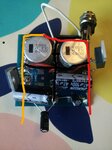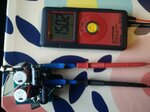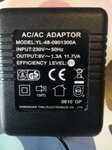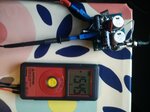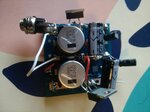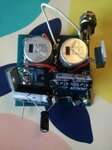Freehawk
Full Member level 2

Hello all,
I found this schematic online for making a double supply (+15/-15v) out of a single power supply 12v input
I made the circuit, but it's not giving me the predicted output..
I measure -0.4V and +10.89 volt.
What went wrong ?
I am not an engineer, just hobbyist. I used exactly the same components as in the circuit.
I checked connections, and everything seems to be ok on that matter (no short circuits etc..)

Warm regards
I found this schematic online for making a double supply (+15/-15v) out of a single power supply 12v input
I made the circuit, but it's not giving me the predicted output..
I measure -0.4V and +10.89 volt.
What went wrong ?
I am not an engineer, just hobbyist. I used exactly the same components as in the circuit.
I checked connections, and everything seems to be ok on that matter (no short circuits etc..)

Warm regards



